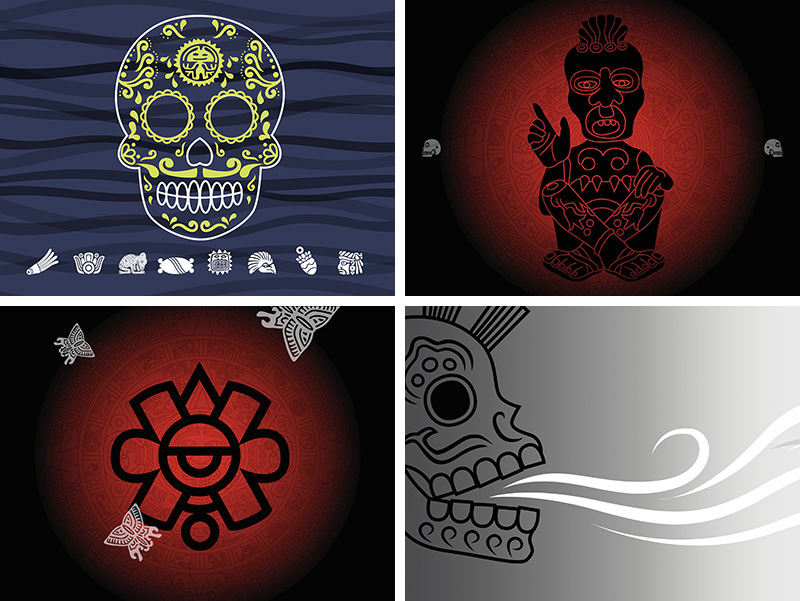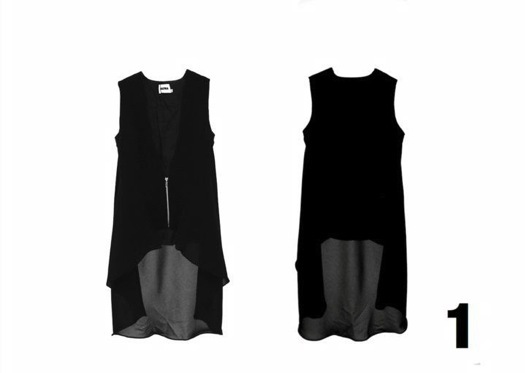
May 16, 2011
The Ultra 10 Challenge

ULTRA designed a collection of 10 items that are intended to constitute an entire wardrobe for a year. Photos: ULTRA
This month, Shanghai-based Amena Schlaikjer, founder of The Wellness Works, an organization promoting healthy urban lifestyles, is donating almost her entire wardrobe to charity. Nearly 90 percent of a highly fashionable collection will be emptied except for a coat and accessories. In its place, for the next 365 days, Schlaikjer’s closet will be composed of just ten items. Some are expected staples: a pair of pants, a blouse. Others are strikingly versatile: a jacket that turns into a vest; a long coat that unzips into a skirt and shirt. Part of the Malaysian ULTRA fashion line, all ten items in the collection are made of sustainable materials like organic cotton, bamboo and biodegradable Tencel.
“I’m really relieved, actually,” Schlaikjer told me over Skype. What initially began as “a selfish way to declutter” is becoming a joint project in sustainable living among We Are ULTRA, one of Asia’s leading sustainability collectives; LOHAS magazine, which focuses on health and wellness in China; Greenovate, a China-based sustainability organization; and Schlaikjer’s Wellness Works. At the end of the year, Schlaikjer and others participating in “The Ultra 10 Challenge” will return their outfits to be repurposed and reused, and they’ll have the option to buy a newly designed set on discount. According to Schlaikjer, it’s the first such swap/donate event in China, and it’s already reached its maximum of 200 participants.
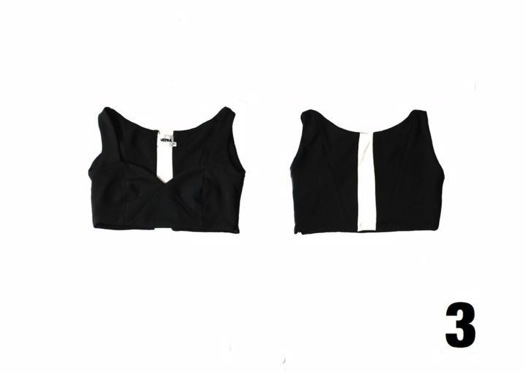
Based in Kuala Lumpur and Shanghai, We Are ULTRA was founded in 2009 by Tengku Jamidah, a business development manager at a luxury watch company. Motivated to take up environmental causes after the birth of her daughter, she partnered with Anita Hawkins, a writer and creative consultant in Malaysia, to set up The Ultra Ultra, a blog that explores issues of sustainability with a focus on aesthetics and design.
The women soon noticed gaps in their coverage. Sustainable, attractive, commercially viable products were difficult to find, or simply didn’t exist. The two founded an organic bath goods line and began importing sustainable products into Malaysia. They soon connected with the Malaysian fashion designers Jonathan Liang and Tengku Syahmi, who had already been developing an interest in sustainability.
Today, the four are at the core of We Are ULTRA. Made of such materials as recycled polyester, bamboo and fish skin, their products have chic minimal lines and neutral palettes. “ULTRA is a breath of fresh air,” Schlaikjer explained of the group’s novel approach in a region where sustainability and contemporary design rarely mix. “They’re doing things with conscience, and they’re doing things mainstream.”
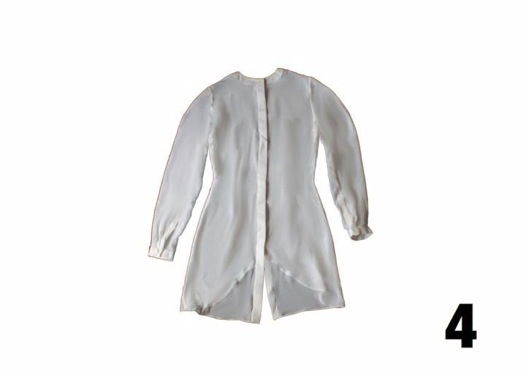
But good design doesn’t exist in a vacuum, and neither do its connoisseurs. “We want the public to be invested in the development and growth of the brand,” Tengku Jamidah said. “We want them to feel connected emotionally and feel actively involved.” In addition to their blog, they maintain active accounts on Twitter, Flickr and Facebook. They communicate regularly with supporters and maintain full transparency about their sustainable practices and where they might fall short (for instance in certification, which can be costly for a new label).
The open community building works: they recently raised nearly $10,000 on Kickstarter to mount a show at Tranoi during Paris Fashion Week, using incentives like a selection of Asian indie music and a designer sketchbook. (I made a small donation and as a result received a credit on their website.) They have also exhibited in Hong Kong and Colombo, Sri Lanka. And now, they’re building the ULTRA Workshop in Kuala Lumpur, an atelier for the creation of their designs that they plan to rent out to emerging fashion designers, and the ULTRA Shop, an exhibition of sustainable products.
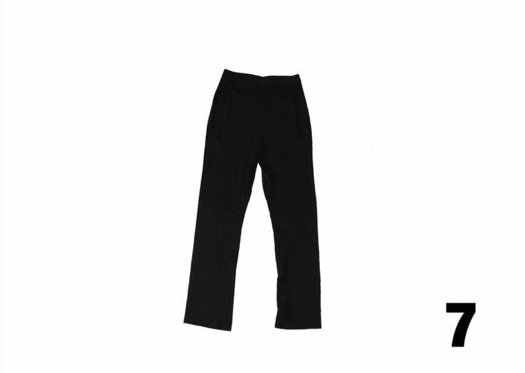
“Sustainable fashion is a definition that we’re constantly learning to appreciate and interpret,” Hawkins, who now lives in Shanghai, explained. “It started off with our understanding that it’s mostly in materials and how they’re produced. We got people to come on board, to write for our blog. We worked with a few artists for a few events and profiled the people we’ve worked with. We wanted a way to feed off each other and create things that could be worthwhile.”
Their name underlines their growing popularity. As the collective was forming, Tengku Jamidah and Hawkins were attending a Halloween party, and Hawkins had dressed as Ultra Man, a popular Japanese television hero powered by solar energy. Inspiration for the name of their group struck. “We have those extreme personalities,” Tengku Jamidah explained. “Either we go all the way or we do nothing at all.” The group’s new collection launches on May 21 in Shanghai and on the web.
Observed
View all
Observed
By An Xiao Mina

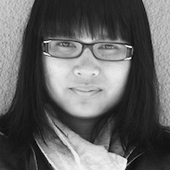 An Xiao Mina is an American design strategist, researcher and artist who focuses on the role of technology in building communities and empowering individuals.
An Xiao Mina is an American design strategist, researcher and artist who focuses on the role of technology in building communities and empowering individuals.
